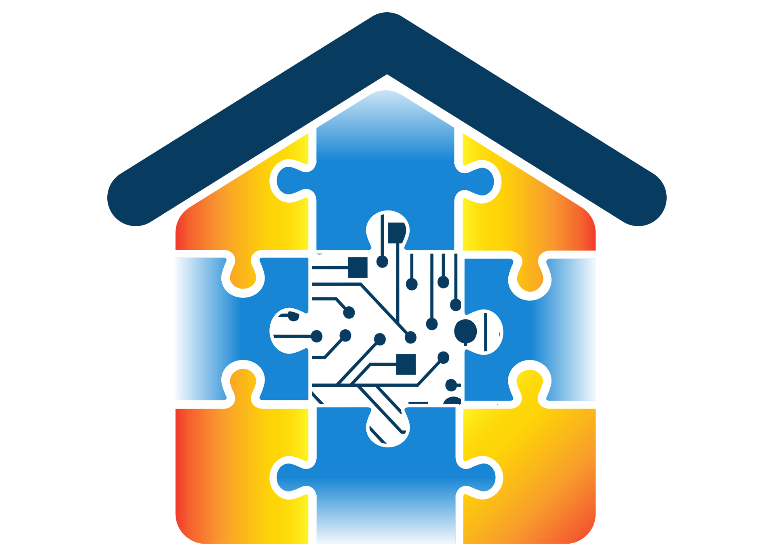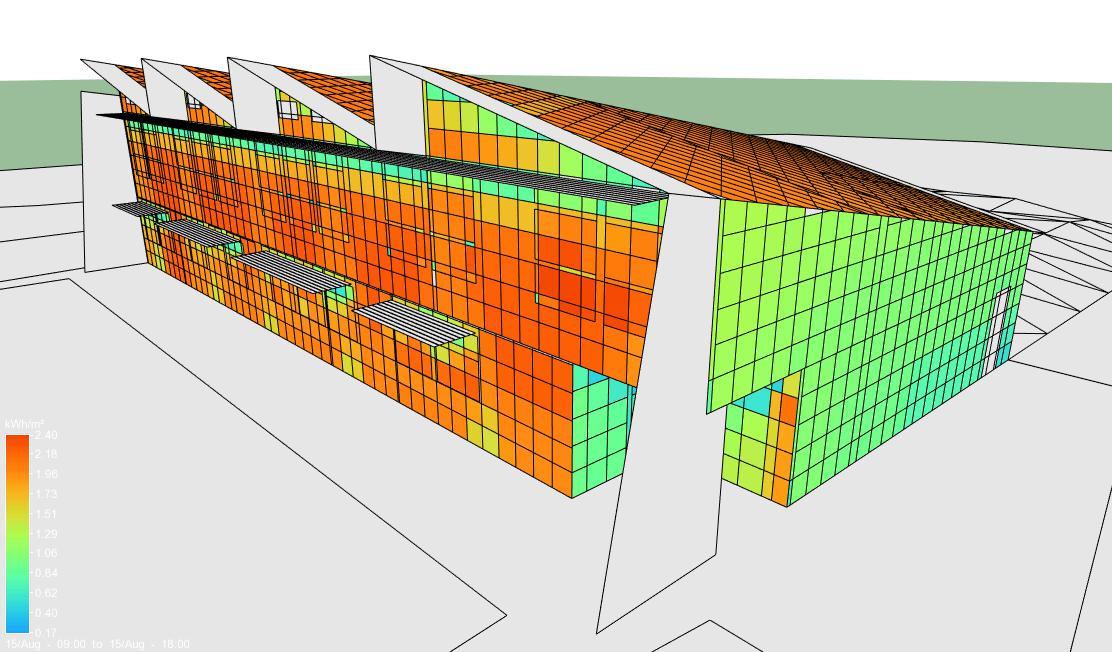Building simulation is the replication of possible device states using Computational Intelligence. The objective of building simulation is to produce possible combinations of device states while simulating the aggregate consumption these devices consume. The combinations are stochastically produced based only on the fact that states that consume less energy from the current state are needed. This is implemented by assuming that devices that are on open mode can be turned off and not vice versa.
Distributed energy resources (DERs) consist of end use appliances and electric devices located at the end users’ premises. DERs may be classified into various categories according to some similarities.
End users’ appliances main classification
- Functional point of view
- Non controllability from a practical point of view
- Electronic devices: tv sets, recorders, small appliances: save, mixer, lighting systems
- Have an operating cycle
- Washing machine, dish washer, dryer
- Heat or cool a room
- AC, heater
- Devices that only turn on or off
- Battery based load’s
Overall, for the building simulation, DER’s are classified into two main categories:
- Modifiable. Devices and appliances their operation mode can be modified from on to off (e.g. HVAC, lights (during the day), heater, etc.).
- Non modifiable. Devices and appliances their operation mode cannot be modified (computers, fridge, washing machine, etc.).
Initially, all the DER’s are characterized as modifiable or non-modifiable. Consequently, from the current state all the devices that are Non- Modifiable are removed. The modifiable devices that are selected from the current state stochastically produce all the potential combinations by assuming they can be turned off. Finally, all the possible produced states are added to the current state. Consequently, for every produced state the consumption it consumes is simulated. Particularly, given the current state and the aggregated predicted consumption a lightweight energy simulation is performed (building simulation) that estimates the consumption in case the system transits into any of the produced states (states generator). Finally, the KPIs are calculated for each produced state.
Consequently, a regression model is used for training. After the training process the algorithm is tested for its results and if the model is accurate it is saved. This pre-trained model is used to simulate the building’s consumption assuming that from the current state the building transits to a state produced by the state generator. The overall procedure is described in Figure 29.



